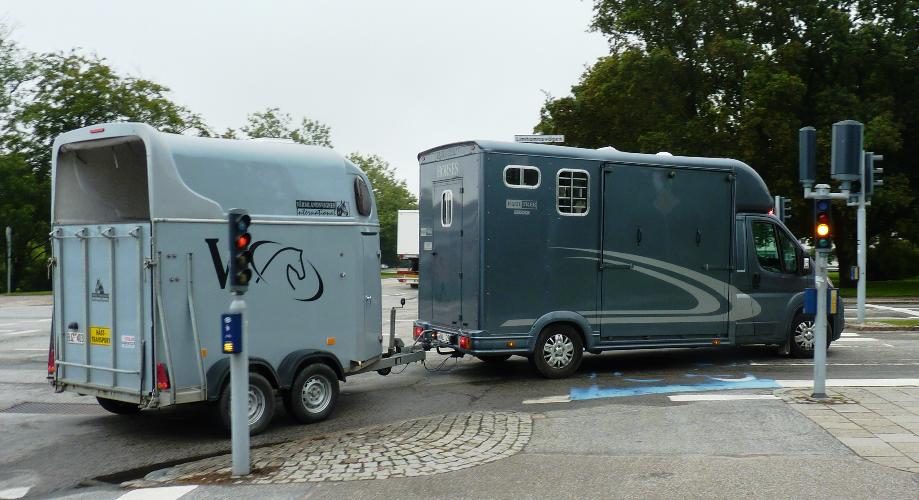With the recent Lockdown and cold winter season, you may not have used your horsebox/trailer for a while. There are competitions and training on the horizon so ensuring your box is in full working order should be a priority. Lets go through some quick checks that Kevin Parker Horseboxes recommend:
Are you safe? Are you ready go?
Here are some points for you to check.
Not all involve horsebox safety and it may not warrant every point on every trip. However, most of these should be at least considered and others should be made part of your regular maintenance program.
Starting with the obvious – you must have insurance, road tax and MOT.
I say obvious, but you would be surprised how easily a vehicle can run out of MOT when you are focusing on day to day life.
Chassis and Tyres
Next is chassis checks and these would include tyre pressure and tyre condition. As well as the outer tyre surfaces, it is worth getting underneath and looking at the inner tyre walls for cracks, blebs and blisters.
Please, if you are going underneath, put the ignition key in your pocket or you may end up taking a very unexpected trip!
Part of the chassis check should include wheel nut tension and that wheel trims are securely fitted.
If you carry a spare wheel it should be removed from time to time, both to check the condition and check the securing bolts are not seized.
Additionally, it is a good idea to swap a spare onto the road wheels every once in a while. Spares can crack and deteriorate just the same as the road wheels, so moving them around the vehicle should give you more mileage for your expensive rubber.
The essential checks
Brakes, lights and horn are obvious, as are oil, engine coolant, wiper fluid, and clutch/brake fluid.
Modern vehicles are filled with electronics and packed with sensors to monitor how your vehicle is behaving.
Warning dash lights are generally red in colour, advisory dash lights are generally amber in colour and information dash lights are general white, blue and green in colour.
Dashboard warning lights will illuminate when the ignition is started to perform a system check. However, they will quickly go out after starting. If any warning lights remain illuminated it indicates something needs before it is safe to drive away.
Horse Flooring
Horse safety must be at the forefront of any maintenance routine and over the years I have posted many blogs advising that horsebox owners should check the horse area floor on a regular basis.
Just at rest horses place considerable weight on a relatively small area of the horse floor. So, you can imagine the damage they can do by stamping or kicking. With your horse’s welfare at stake it is an easy check, especially so when you consider the consequences.
A visual inspection should include inside the horse area and underneath the horse floor (keys in pocket).
Depending of the construction, alloy will rot and crack around bolts and fastenings and wood or composite can crack and splinter.
Ramps
The ramp warrants the same inspection and I would always recommend checking the hinges and spring or hydraulic ram mounts for cracks. If the horsebox has springs on the ramp, these will become less efficient over time and the ramp will become heavier. So new springs will be money well spent if you value your back!
On a side note from a health and safety perspective, a well sprung ramp should or should almost close itself with a light throw.
A good technique for closing a sprung ramp safely is to give it a quick throw upwards and then quickly walk up it with your hands, never letting it stop. If you let it stop half way up, it takes considerable effort to start it moving again.
Extra Checks
Checking for loose cappings, sharp edges and rattles should be up there on the weekly checks too. Horses have a habit of biting corners, window bars and window catches. A quick inspection of the horse area each trip could easily save on expensive vet bills.
Sudden noise or vibration from worn parts, horse partitions or horse doors can be contributing factors to raised stress levels whilst your horses are in transit.
More constant noises like fans running tend to fall into the more beneficial category of white noise. These are considered helpful as they can mask other sudden sounds like horns or fast motorcycles.
Ventilation
Ventilation is a topic often overlooked and well worth considering. Air is basically very lazy and always takes to quickest route out. Open a window directly under a roof vent or fan and air will take the very short trip from the open window up and out, leaving the rest of the horse area untouched.
Depending where your horse it positioned some windows will need closing completely and others opening or part opening.
The aim is to draw air across your horse before it leaves through the roof vent or fan.
Roof Vents
If it is hot and the vehicle is stationary, the roof vents should be opened fully at both ends.
When you are driving on the road the horse area vent should be opened fully at the back and closed at the cab end so that it slopes down. In this way air will pass up the slope and over the vent causing a vacuum and pulling out hot air from the horse are. Set up like this a roof vent can move just as much air as an extraction fan.
This article is by Kevin Parker Horseboxes
